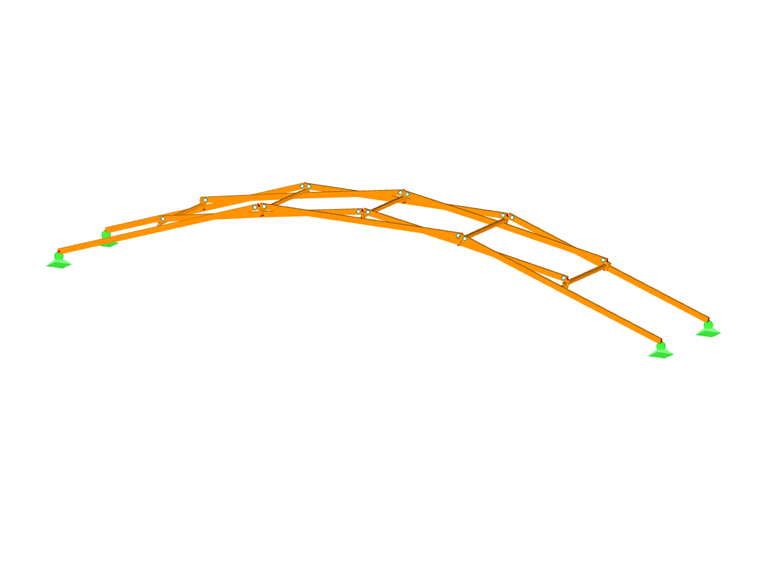|
Author
|
Dr. Ing. José Ramón Aira, Dr. Arq. Miguel Carlos Cabo-Fernández, Dr. Arq. Federico Luis del Blanco-García, Arq. Laura Gonzalo-Calderón
|
|
University
|
Higher Technical School of Architecture, Polytechnic University of Madrid, Spain
|
A numerical model was made and the structural behavior of a traditional Chinese bridge and Leonardo’s removable bridge were compared. The model was verified by measuring the deformation of a real bridge built in a workshop. In addition to the mechanical behavior, the load transmission mechanism, the influence of friction, lateral stability, and robustness were studied. The Chinese bridge works mainly in compression, getting closer to the behavior of a funicular arch, and transmitting a horizontal load on the supports approximately three times greater than the Leonardo bridge, which works fundamentally on bending and is subjected to stresses and deformations closer to its ultimate limits.
The work on the real model was carried out at the Higher Technical School of Architecture of Madrid, Polytechnic University of Madrid, and at the Experimental Carpentry Workshop. The authors would like to express their gratitude to the students who participated in the construction, as well as to Dlubal Software for providing the software for this research.
